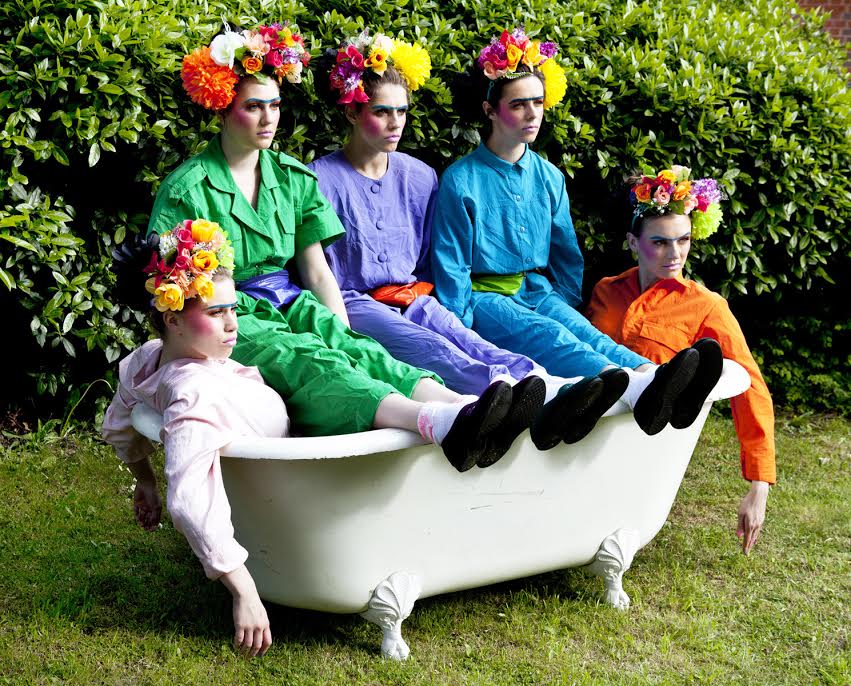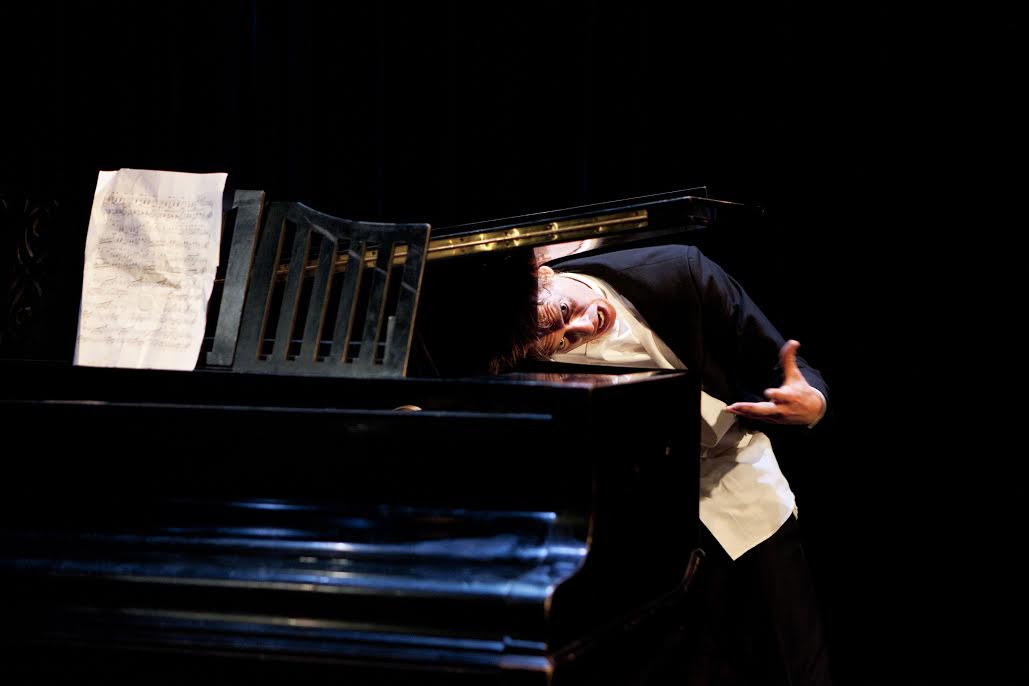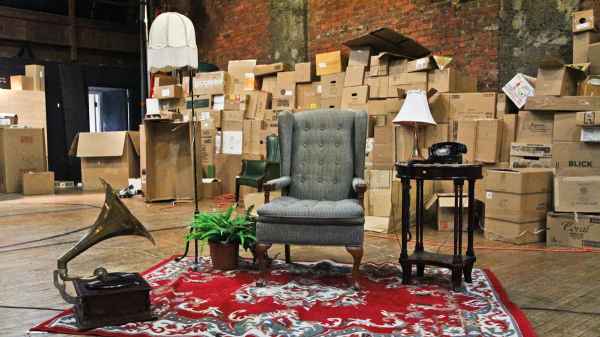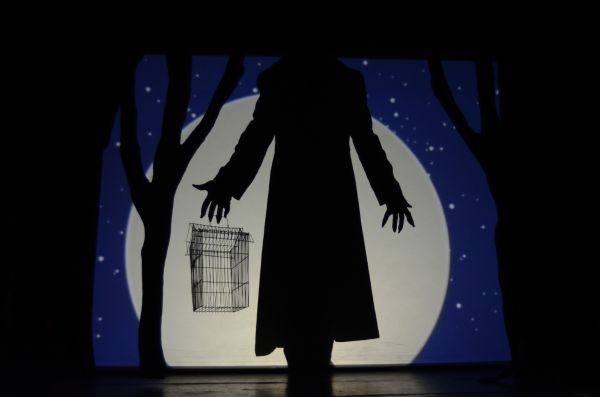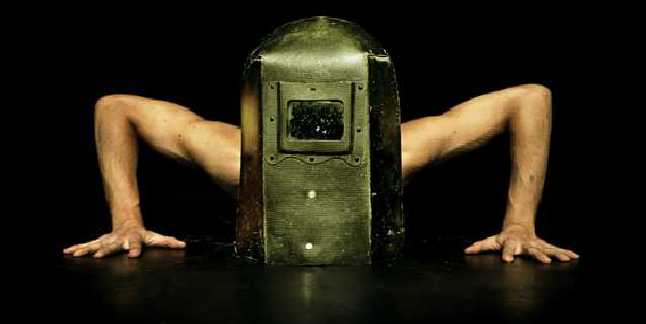Squashed into a tiny performance space not big enough to swing a cat, five young women in fuschia pink wigs and neon nylon leotards in a variety of sickly hues (coral pink! Lime green!) are hula-hooping. Badly. The back two get completely entangled in the silver flash fronds behind them. The middle two persevere gamely, rictus grins on their faces. The front one decides to up her game by going down on one knee, her eyes fixed on us with an air almost of pleading. What a load of show offs!
Welcome to the world of Figs in Wigs. Elsewhere in Show Off – which might be a postmodern ironic deconstruction of a revue, or might be a light-hearted and fun-filled cabaret Fringe show (you choose)– we are treated to contemporary eccentric dance routines that give a nod in the direction of New Art Club; jokes and more jokes and jokes about jokes; and a number of skits and sketches that are a gentle feminist rebuff to the world of male comedy.
Early in the show, we are told that most jokes are told by men, and that most jokes are about cocks, birds and turds. Willies, women, and poo. Later, we get treated to some children’s jokes by a herd of cows, chewing the cud as they speak. Knock knock. Who’s there. Banana. Aren’t you glad I said doctor, orange? Why did the chicken cross the road? To have a big poo. Go on, put ‘children’s jokes’ into Google. Hours of entertainment. But best told by a girl in a cheap cow onesie.
Social media is important, we are told repeatedly, in a parody of the young artist’s need to communicate using modern means. See our Facebook page, they say. Go to our website. There’s a flipside to the jollity: through a sketch called The Most Anxious Woman in the World we hear that they are worried. Worried about how other’s perceive them Worried about their online profiles. That their phones aren’t good enough. That they are unhealthy. That they are doing it all wrong. That they don’t have as much fun as other people. This litany of young female angst is built into a nicely-delivered cut-up text.
In one rather over-long sketch, we encounter the ‘cutting hedge of contemporary art’. The five stand on their ‘collaborative platform’ (yes, it’s a wooden platform, and confess that it took them all of seven hours to learn how to be artists, and that the essence of success is plenty of free drinks at the private view and a wordy pamphlet explaining the concept. We are invited to get out our phones and take ‘facies’, which are different from ‘selfies’ which are not art, and to post them on Twitter with the hashtag #figsinwigs. That’s Figs in Wigs, not Pigs in Wigs or Freaks in Wigs or even Figs and Wigs. Get it right. The mistakes often found in their company name becomes a sketch in itself.
Costume changing and scene changing is built into the show, the awkward trips and bangs and clangs played up on. The self-referential ‘let’s put this show on the road’ motif is one well used throughout entertainment history, and it is good to see this classic trope played out so endearingly. The five members of Figs in Wigs are part of a growing army of young women performers using physical comedy and a pastiche of traditional ‘variety’ forms to present their contemporary take on feminist concerns (how women are viewed and valued by men; how women interact with each other; how women feel about themselves and their own bodies). Figs and Wigs manage to be gently political whilst never losing their ability to amuse – a great combination.

